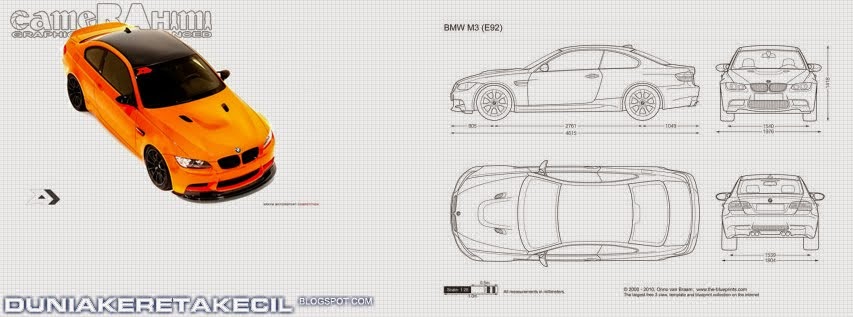 Since we just posted some bits from BMW’s history, we decided to stay on the topic and talk about the ///M logo, the three stripes that make M branded cars even more recognizable. So, let’s see what we can learn about the “M” today.
Since we just posted some bits from BMW’s history, we decided to stay on the topic and talk about the ///M logo, the three stripes that make M branded cars even more recognizable. So, let’s see what we can learn about the “M” today.The first Red stripe represented Texaco, the famous American oil retail brand, who had partnered with BMW during the early days of M racing. Blue represented BMW and Bavarian region. The purple was used to represent the partnership and to allow for a nice transition between the two colors, blending as some may call it.
Once the BMW/Texaco partnership ended, BMW had to buyout Texaco for the rights to the red.
For those of you that are in the imaging or graphics field, here is something that I dug out, the color names and codes used in the ///M stripes:
Pantone:
Blue — Pantone Process Blue
Purple — Pantone 268
Red — Pantone Warm Red
Blue — Pantone Process Blue
Purple — Pantone 268
Red — Pantone Warm Red
Paint:
blue violett GLASURIT-BMW 4000
light blue GLASURIT-BMW 5002
red GLASURIT-BMW 353
blue violett GLASURIT-BMW 4000
light blue GLASURIT-BMW 5002
red GLASURIT-BMW 353
RGB:
Blue — 0 138 201 (Hex: 008AC9)
Purple — 43 17 90 (Hex: 2B115A)
Red — 241 26 34 (Hex: F11A22)
Blue — 0 138 201 (Hex: 008AC9)
Purple — 43 17 90 (Hex: 2B115A)
Red — 241 26 34 (Hex: F11A22)
Pantone = color process (order) used by printing shops to define colors.
Paint = in this case it is refering to a GLASURIT paint code. Or a specific mix of auto paints.
RGB = Red, Green, Blue. The same process your computer monitor or TV uses to make colors.
Stay tuned for our next BMW history lesson!
Thanks to Automarket for the inspiration!




























